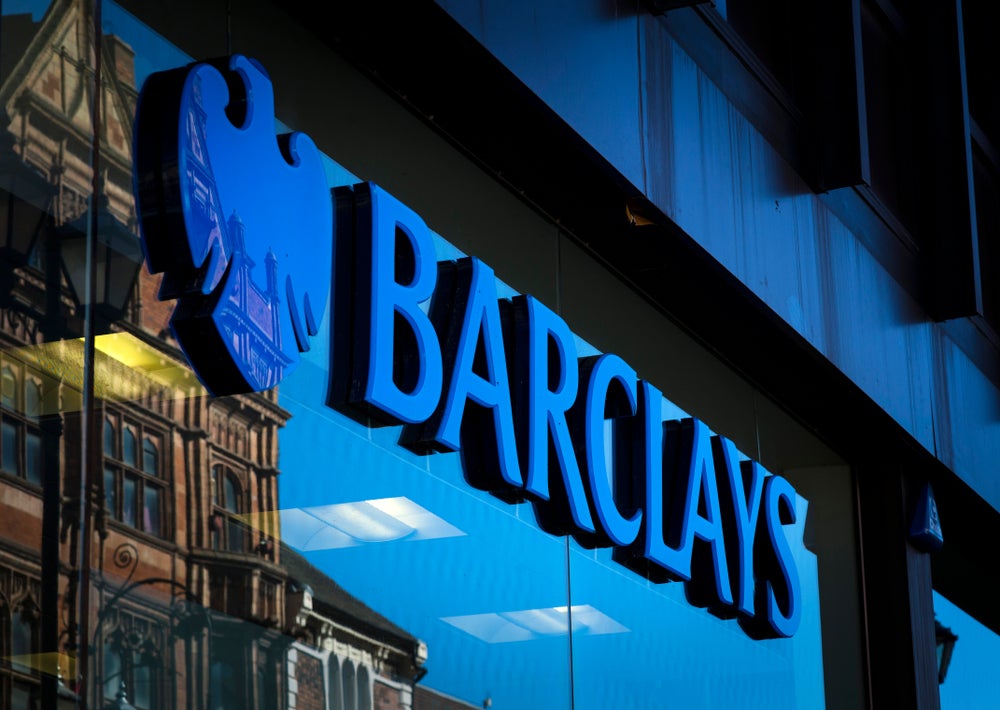Scan the ranks of the 50 largest US banks by assets, and
one name puzzles: First Citizens Bancshares. As Charles Davis
reports, its strategy of tough lending criteria and careful, yet
inexorable expansion into new markets, all with a conservatism
fostered by generations of family bankers, is paying
off.
 First Citizens Bancshares is a name unfamiliar to
First Citizens Bancshares is a name unfamiliar to
most bank watchers but its path towards the top of the bank
rankings has been based on policies that many say are needed in the
aftermath of the Great Recession.
A strict lending criteria and a
homespun image, carefully maintained by the North Carolina-based
Holding family, which has controlled the bank and its low profile
for decades, is central to First Citizens’ philosophy.
First known as the Bank of
Smithfield in 1898 – when it became Johnston County, North
Carolina’s first bank – First Citizens’ roots grew in the
agricultural economy of its Raleigh, North Carolina base.
Robert Holding, who began as a
teller at a rural bank in 1918, died in 1957 as president, and
passed control to his sons, Robert Jr, Lewis and Frank, who further
expanded the family’s banking operations across the Carolinas.
Lewis succeeded his father at First Citizens, spending more than 50
years developing the company’s unique culture and honing its
strategy.
How well do you really know your competitors?
Access the most comprehensive Company Profiles on the market, powered by GlobalData. Save hours of research. Gain competitive edge.

Thank you!
Your download email will arrive shortly
Not ready to buy yet? Download a free sample
We are confident about the unique quality of our Company Profiles. However, we want you to make the most beneficial decision for your business, so we offer a free sample that you can download by submitting the below form
By GlobalDataFrank Holding Jr took over from his
uncle in 2008 and has been responsible for the company’s four
government-assisted transactions – First Citizens escaped the
economic meltdown in solid shape, and has emerged as one of the
real beneficiaries of the FDIC’s fire sale.
The Holding enterprise sprawls
across the Carolinas. The family has large stakes in First Citizens
Bancorp in Columbia, South Carolina and three other North Carolina
banks: Fidelity BancShares, Southern BancShares and Heritage Bank.
The five banks have 770 branches and $32.8bn of assets.
First Citizens alone has grown to
$21.1bn of assets in the teeth of the recession, making it this
year’s lone entrant to the ranks of the 50 biggest banking
firms.
Its path has not always been so
smooth: In 2002, First Citizens embarked on an ambitious expansion
plan, opening branches through a thrift affiliate it still owns,
IronStone Bank, in Arizona, California and Florida.
IronStone was troubled almost from
the beginning, saddled by startup costs and credit issues in the
real estate markets of those states. First Citizens learned a
painful lesson, but one that clearly has informed its strategy
moving forward, and which served it well in the current economic
maelstrom.
It reined in Ironstone, which today
represents less than 10% of the balance sheet, then began a
two-fold strategy of conservative lending and dispersed branch
expansion, which has created a growing retail bank with a
squeaky-clean portfolio in the midst of the toughest economic
climate in decades.
Laurence Pettit III, who manages
the community bank portfolio at Anderson & Strudwick in
Richmond, Virginia, said that First Citizens is “the biggest bank
out there that people don’t know.”
“They don’t care if people know,
and they won’t talk to reporters or analysts and it’s fine with
them,” he said. “They simply bank people who can pay their
loans.”
Pettit said that many discount
First Citizens’ far-flung, disparate branch strategy, but to him,
it makes perfect sense.
“They aren’t branching by
geography, they are branching to reach the professionals they want
in the bank,” he said. “Rather than let geography dictate, they go
where the good customers are.”
The bank can follow its own path in
large part because it is controlled by one family.
The Holding family’s controlling
stake dates back three generations, and family members directly or
indirectly own more than 90% of the company’s voting shares.
Four Holding family members are
among the company’s 18 directors. It is the second-biggest
family-owned bank in the country, trailing only the $23.9bn-asset
BOK Financial Inc.
Such tight control means that First
Citizens can agree on a strategic direction and then follow it,
free from the pressure of Wall Street. A bit dogged and a bit
independent, First Citizens has benefited from the economic crisis
by sticking to its game plan.
“They are not changing to suit some
analyst, that’s for sure,” Pettit said.
A look at the financials validates
the strategy. The most stunning figure: in the face of the
recession, net charge-offs were just 0.45% of average loans and
leases at midyear. First Citizens refused TARP money and today is
considered well capitalised by any standard, with 13.3% Tier 1
capital ratio, 15.6% total risk based capital ratio and 9.5%
leverage capital ratio. And most impressive of all, it acquired
three failed banks in an incredibly risk-averse manner, snapping up
$4.54bn of assets with loss-sharing agreements with the FDIC
covering 88% of those acquired assets, significantly limiting
downside.







